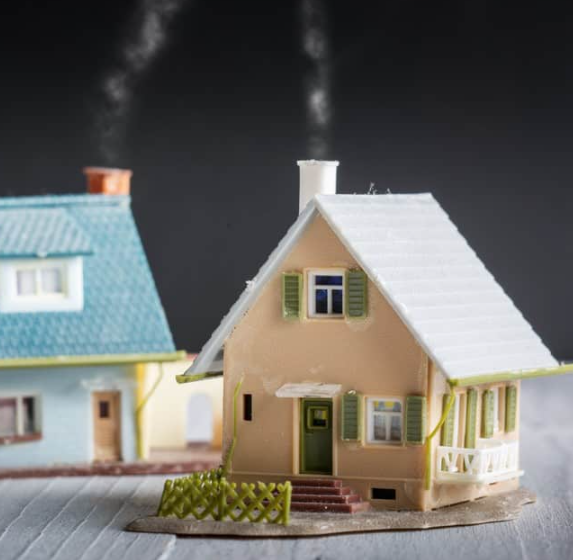Owning a second property in the UK involves navigating various tax implications. Whether you’ve purchased, sold, or rented out a second property, it’s important to understand the taxes that apply. In this guide, we’ll break down the taxes you need to be aware of and share tips for minimizing your tax liabilities when it comes to second properties.
What Tax Is Applied to a Second Property?
A second property refers to any home that isn’t your primary residence. This can include a second home for holidays, buy-to-let properties, or other investment properties. The taxes you may be liable for depend on several factors, including whether you bought, sold, or rent out the property. The main taxes related to second properties include:
- Stamp Duty
- Capital Gains Tax (CGT)
- Income Tax
- Council Tax
Each of these taxes has specific rules and rates that will apply to your second home.
Stamp Duty on Second Properties
When you purchase a second property, you will be required to pay stamp duty, which is a tax on property transactions. The rate of stamp duty varies depending on which part of the UK the property is located:
- England and Northern Ireland: Stamp Duty Land Tax (SDLT)
- Scotland: Land and Buildings Transaction Tax (LBTT)
- Wales: Land Transaction Tax (LTT)
For second properties, the rates typically start higher than for primary residences. For example, in England, if the property costs more than £250,000, you will pay a surcharge of 3% on top of the standard rates. Rates differ in Scotland and Wales, starting at 6% in Scotland for properties up to £145,000 and 4% in Wales for properties exceeding £180,000. Be sure to check the specific rates in your region.
Capital Gains Tax on Second Properties
If you sell a second property and make a profit, you may be subject to Capital Gains Tax (CGT). The general rule is that CGT applies to properties that aren’t your primary residence, although there are exceptions for certain assets. For the 2024/25 tax year, the CGT rates for second properties are as follows:
- 18% for basic-rate taxpayers
- 24% for higher-rate taxpayers
- 28% for additional-rate taxpayers
You can reduce your CGT liability by strategically timing the sale of your property. Additionally, the £3,000 annual CGT exemption allows you to make some tax-free profit from the sale of assets.
Income Tax on Rental Properties
If you rent out your second property, the rental income you receive is subject to income tax. For the 2024/25 tax year, you can earn up to £12,570 without paying income tax due to your personal tax allowance. However, any rental income beyond that threshold will be taxed according to the income tax rates for the year.
There are ways to reduce your taxable rental income, such as claiming allowable expenses like mortgage interest, property management fees, and repair costs. If you have a mortgage on the property, you can also claim a 20% tax credit on the interest portion of the loan.
Council Tax on Second Homes
Council tax is applicable to all properties, including second homes, and the amount you pay depends on the property’s council tax band, which ranges from A to H. Council tax helps fund local services, including waste collection and street maintenance. Some second homes may qualify for discounts or exemptions, so it’s worth checking with your local council to see if any reliefs apply.
When Are Second Properties Not Taxed?
While most second properties are subject to taxes, there are a few exemptions or reductions available:
- Mobile homes like caravans or boats
- Properties worth less than £40,000
- Second properties purchased within three years of selling your primary residence, which may qualify for a refund on the stamp duty surcharge
If your second property falls into one of these categories, you could be eligible for tax relief or an exemption.
Tax-Saving Tips for Second Homes
There are several ways to minimize your tax liability when owning a second property:
- Refund on Stamp Duty: If you sell your primary residence within 36 months of purchasing a second property, you may be eligible for a refund on the stamp duty surcharge.
- Principal Private Residence Relief: If you temporarily make your second property your main residence, you can reduce your CGT liability through Principal Private Residence (PPR) Relief.
- Setting Up a Property Company: If you own multiple properties, setting up a property company could allow you to pay corporation tax at a lower rate than income tax.
- Seek Professional Advice: A tax advisor can help you navigate the complexities of second property tax laws, identify opportunities for tax relief, and create a strategy to reduce your liabilities.
Conclusion
Owning a second property in the UK comes with various tax responsibilities, including stamp duty, capital gains tax, income tax, and council tax. By understanding these taxes and using tax-saving strategies, you can minimize your liabilities and make the most of your second property. Whether you’re buying, selling, or renting out your second home, staying informed about the tax rules and consulting with professionals can help you navigate the process effectively.



